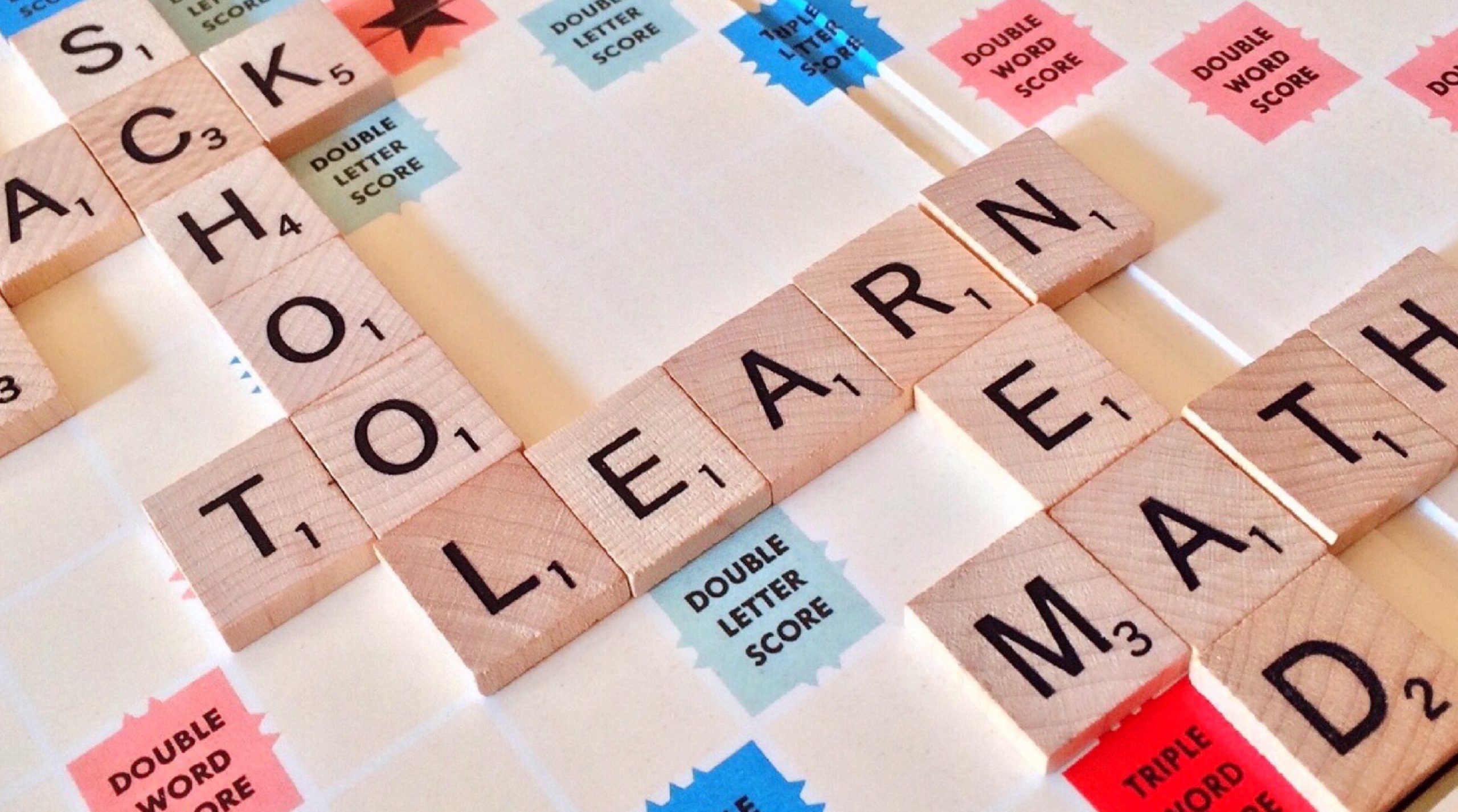Prepositions of place are words used to describe the location of a person, object, or thing in relation to another. Here are some common prepositions of place:
1. In: It is used to describe something inside an enclosed space.
-
- The Pen is in the beg.
- The cat is in the box.
- She lives in the city center.
- The water is in the glass.
- In the United States, many people celebrate Thanksgiving in November.
- In my opinion, studying abroad is a great way to learn a new language.
- In the photograph, there are three people standing in front of the Eiffel Tower.
- On: It is used to describe something that is physically touching or resting on a surface.
- The book is on the table.
- There’s a fly on the wall.
- The painting is on the wall.
- On the IELTS exam, it’s important to read the instructions carefully.
- On weekends, I like to go for a run in the park.
- On the map, you can see that the river flows through the center of the city.
- At: It is used to describe something at a specific point or location.
- I am at the bus stop.
- The party is at the park.
- The concert is at the stadium.
- I am at my desk.
- At the conference, there were many experts in the field of renewable energy.
- At the restaurant, the waiter recommended fish and chips.
- At the airport, passengers are required to go through security before boarding their flight.
- Under: It is used to describe something below or beneath another object.
- The cat is under the table.
- The keys are under the couch.
- The bridge goes under the river.
- Under the terms of the contract, the company is responsible for all repairs.
- The book was hidden under the bed.
- The submarine dove under the surface of the water.
- Over: It is used to describe something above or covering another object.
- The clouds are over the mountains.
- The plane flew over the city.
- The helicopter is hovering over the building.
- Over the years, the city has grown into a bustling metropolis.
- The plane flew over the ocean for several hours.
- The bridge spans over the river, connecting the two banks.
- Next to: It is used to describe something located beside or adjacent to another object.
- The car is parked next to the building.
- She is sitting next to her friend.
- The dog is next to its owner.
- Next to the library, there is a small park where people like to read.
- The hotel is located next to the train station, making it convenient for travelers.
- The museum is next to the river, providing a beautiful view of the water.
- Between: It is used to describe something located in the middle of two other objects.
- The house is between the two trees.
- The book is between the two bookends.
- The sandwich is between two slices of bread.
- The debate was between two candidates with very different views.
- The road runs between two rows of tall trees.
- The building is located between the post office and the bank.
- Behind: It is used to describe something located at the back of another object.
- The chair is behind the desk.
- He is hiding behind the door.
- The car is parked behind the building.
- Behind the building, there is a large parking lot.
- The company’s success is due to the hard work and dedication of the employees behind the scenes.
- The actor’s personal life is often hidden behind a veil of secrecy.
- In front of: It is used to describe something located at the front of another object.
- The statue is in front of the building.
- There is a fountain in front of the hotel.
- The bus is stopped in front of the museum.
- In front of the courthouse, there were protesters holding signs and chanting.
- The hotel room had a balcony with a stunning view of the mountains in front of it.
- In front of the stage, the crowd cheered and clapped as the band played their final song.
These are just a few examples of common prepositions of place. It’s important to remember that prepositions of place can vary depending on the context, so it’s always a good idea to double-check the correct preposition to use in a particular situation.
IELTS Writing Task 1 example sentences using prepositions of place:
In:
- In the chart, we can see that sales increased in the fourth quarter.
- In the map, the airport is located in the northern part of the city.
- In the graph, the number of students enrolled in the program has increased in recent years.
On:
- On the bar chart, we can see that the highest sales were recorded in June.
- On the line graph, we can see that there was a gradual decline in prices over the period.
- On the pie chart, we can see that the majority of the company’s revenue comes from product sales.
At:
- At the top of the column chart, we can see that Company A had the highest profits.
- At the bottom of the table, we can see that the total number of employees is 100.
- At the left side of the diagram, we can see the input data.
Under:
- Under the table, we can see that there is a note with additional information.
- The city’s population has been growing rapidly under the current administration.
- Under the heading “Expenses,” we can see that the company spent a significant amount on marketing.
Over:
- Over the course of the year, sales gradually increased.
- Over the period shown on the graph, there was a steady decline in production.
- Over the next five years, the company plans to expand into new markets.
Next to:
- Next to the bar chart, there is a table with more detailed information.
- The hotel is located next to the beach, providing guests with stunning views.
- The factory is next to the river, making it easy to transport goods.
Between:
- Between the two pie charts, we can see that there was a significant shift in consumer preferences.
- The line graph shows the relationship between temperature and humidity.
- The column chart compares the performance of three different companies over the same period.
Behind:
- Behind the line graph, there is a table with more detailed information.
- The reasons behind the company’s success are multifaceted.
- Behind the fluctuations in sales, there are underlying economic factors at play.
In front of:
- In front of the bar chart, there is a legend that explains the different colors.
- In front of the line graph, we can see a summary of the key findings.
- In front of the table, there is a brief explanation of the data.
Remember to check the grammar and punctuation of your sentences to ensure they are clear and easy to understand. Also, make sure you use prepositions of place correctly to accurately convey the information presented in the visual data.
Here’s an exercise using prepositions of place:
Instructions: Complete the following sentences by choosing the correct preposition of place (in, on, at, under, over, next to, between, behind, in front of).
- The cat is __________ the table.
- The plane is flying __________ the clouds.
- There’s a park __________ our house.
- The book is __________ the shelf.
- The car is parked __________ the garage.
- The ball is __________ the box.
- The clock is __________ the wall.
- The picture is hanging __________ the fireplace.
- The bird is flying __________ the tree and the house.
- The shoes are __________ the bed.
IELTS Speaking questions and answers using prepositions of place:
- In:
Question: Where were you born? Answer: I was born in a small town in the countryside.
Question: What’s your favorite restaurant? Answer: My favorite restaurant is in the city center.
- On:
Question: Where did you put your keys? Answer: I put my keys on the kitchen counter.
Question: What’s your favorite outdoor activity? Answer: My favorite outdoor activity is going for a hike on the trails near my house.
- At:
Question: What time do you usually arrive at work? Answer: I usually arrive at work at around 9am.
Question: Have you ever been to the theater? Answer: Yes, I’ve been to the theater a few times. The last time I went was at the local theater downtown.
- Under:
Question: Where did you find your phone? Answer: I found my phone under the couch.
Question: Have you ever gone scuba diving? Answer: Yes, I’ve gone scuba diving a few times. It’s an amazing experience being under the water.
- Over:
Question: What’s your favorite way to travel? Answer: My favorite way to travel is by plane, especially when flying over mountains and oceans.
Question: What do you think about the changes in technology over the past decade? Answer: I think the changes in technology over the past decade have been incredible.
- Next to:
Question: Where do you usually park your car? Answer: I usually park my car next to the garage.
Question: What’s your favorite store? Answer: My favorite store is next to the movie theater.
- Between:
Question: Do you prefer living in the city or the countryside? Answer: I prefer living somewhere between the city and the countryside, where there’s a bit of both.
Question: Have you ever been on a road trip? Answer: Yes, I’ve been on a few road trips before, and we usually stop for the night somewhere between cities.
- Behind:
Question: Where did you see the bird? Answer: I saw the bird behind the tree.
Question: Have you ever been to a concert? Answer: Yes, I’ve been to many concerts before, but my favorite was when I saw my favorite band behind the stage during their sound check.
- In front of:
Question: What’s your favorite view? Answer: My favorite view is the ocean in front of the beach house I stayed at last summer.
Question: Where do you usually sit in class? Answer: I usually sit in front of the classroom, so I can see and hear the teacher better.
Speaking Part 2 cue card that relates to prepositions of place:
Cue Card: Describe a place you have visited that you found interesting.
Prepositions of place to consider using in your response:
- In
- On
- At
- Under
- Over
- Next to
- Between
- Behind
- In front of
Sample response:
One place that I found incredibly interesting was the Grand Canyon, which I visited last summer. The Grand Canyon is a massive natural wonder located in the western part of the United States. It’s a mile deep, 277 miles long, and up to 18 miles wide. I found the Grand Canyon to be a breathtakingly beautiful place, and I’d love to go back and explore it more thoroughly.
When I was at the Grand Canyon, I spent most of my time walking along the rim of the canyon. It was amazing to see the different layers of rock and the changes in color throughout the day as the sun moved across the sky. I also went on a helicopter ride over the canyon, which gave me a completely different perspective of the landscape. It was incredible to see how massive the canyon was from above.
During my visit, I stayed at a hotel near the entrance to the park, which was really convenient. I could walk to the edge of the canyon in just a few minutes, and I was able to watch the sunrise and sunset from different viewpoints. I also went on a hike between the South Rim and the North Rim, which was an unforgettable experience. The trail was challenging, but the views were absolutely worth it.
Overall, I would say that the Grand Canyon is a place that everyone should visit at least once in their lifetime. It’s a natural wonder that’s awe-inspiring and humbling at the same time, and it’s a great example of the incredible beauty that exists in the world around us.
Remember to use prepositions of place correctly to accurately convey the information in your answers. Also, try to add details and explanations to your responses to provide more depth and insight into your thoughts and experiences.
Here are some vocabulary words used in the sample response:
- Massive: very large, huge
- Natural wonder: a natural phenomenon or feature that is impressive or awe-inspiring
- Breathtakingly: very impressive or stunning
- Thoroughly: completely, in detail
- Rim: the edge or border of something, in this case the edge of the Grand Canyon
- Layers: sheets or bands of material, in this case layers of rock
- Landscape: a large area of scenery, in this case the natural scenery of the Grand Canyon
- Convenient: easy and suitable to a particular situation
- Viewpoints: a place where a person can view something, in this case a place where someone can view the Grand Canyon
- Challenging: difficult or demanding, often in a way that tests someone’s abilities
- Unforgettable: impossible to forget, memorable
- Awe-inspiring: impressive, often in a way that inspires admiration or wonder
- Humbling: causing someone to feel modest or humble, often in a way that highlights the vastness or importance of something
Check Your Answers After Doing Test
Answers
-
- Next to
- Over
- Near / by / close to
- On
- In
- In
- On
- Above
- Between
- Under
Study Abroad







Verb Patterns – verb + -ing, verb + to infinitive, verb + object + to infinitive
verb + -ing The "-ing" form of a verb is called the present participle. It is formed by adding "-ing" to the base form of the verb. The present participle can be used in several ways in English: Continuous verb tenses: The present participle is used to form continuous...








